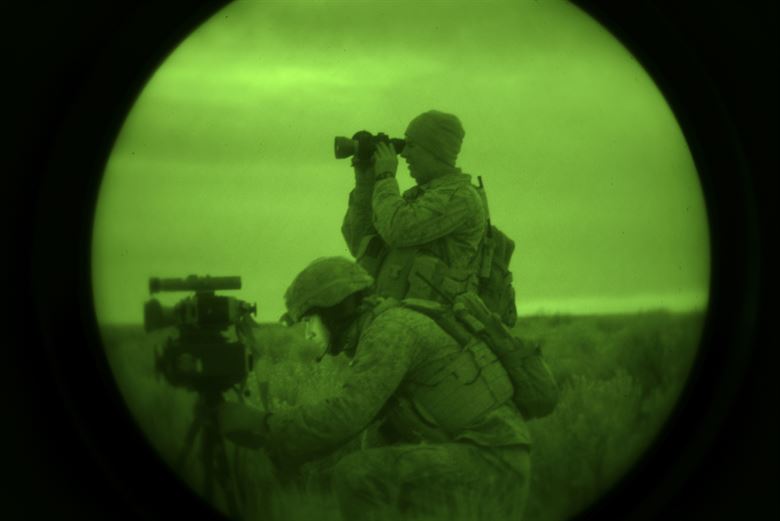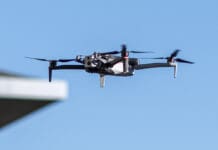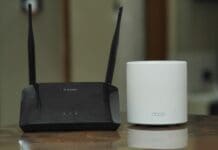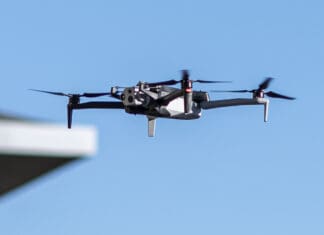This post is also available in:
 עברית (Hebrew)
עברית (Hebrew)
Technology keeps on changing how war is waged. One of the fields that has seen many changes is that of imaging and detection, which gives a major advantage for armed forces over their enemies. For the warfighter on land, in the air, or at sea, vision and reconnaissance are of supreme importance.
Infrared imaging capability provides superior vision in the dark, through smoke and obscurants, and even through obstacles such as trees or structures.
At longwave and midwave (LWIR or MWIR) wavelengths, imaging devices can detect the emitted thermal energy of objects such as skin. LWIR devices are often used to see through smoke and battlefield obscurants. At the higher-energy MWIR band, devices can see as far as several kilometers. MWIR devices are often used for intelligence, surveillance, and reconnaissance (ISR) systems, according to engineering.com.
When longwave and midwave (LWIR or MWIR) thermal infrared cameras were first developed and used for military applications, the technology offered a complex device that was quite large and bulky, had frequent maintenance issues, and was very costly.
In the early 2000s, microbolometer technology enabled much higher pixel densities and smaller sensors for the midwave and longwave (MWIR and LWIR) wavelengths. This gave hope for true soldier-portable LWIR systems.
More recently, FLIR has refined microbolometer technology to the point where a LWIR module can be about the size of a sugar cube, and size, weight, power, and cost (SWAP-C) requirements continue to decline.
However, some military applications still need the performance of a cooled MWIR or LWIR system. Typically, these are applications where the higher sensitivity of a cooled system will allow longer standoff distances. Applications that benefit from such performance benefits are airborne ISR missions, long range surveillance applications, high performance weapon sights, ground vehicle fire control systems, and missile seekers, to name only a few.
InSb, a crucial material for the technology, also must be cooled to 77K (-200° C). Historically, these coolers have been relatively large and bulky, consumed a significant amount of power, and had limited mean time between failures (MTBF). Recent innovations in both material and cooler technologies have demonstrated significant progress in reducing SWAP while maintaining performance, increasing MTBF, and offering a path toward cost reduction.
The FLIR Neutrino LC offered significant technical advances. The first advance was the incorporation of a sensor material that operates significantly “warmer” than traditional InSb, while maintaining the same performance. This material, Strained Layer Superlattice (SLS), is the result of many years of work both by the US Government and industrial organizations such as FLIR.
The final waveband of interest to the warfighter is shortwave infrared (SWIR). In the 1990s, SWIR detectors were popular in telecommunication applications that used optical fiber.
But SWIR sensors were written off as being ‘niche’ sensors, as they consumed significant amounts of power and the limited volume of sensors produced kept the price of SWIR cameras high.
























